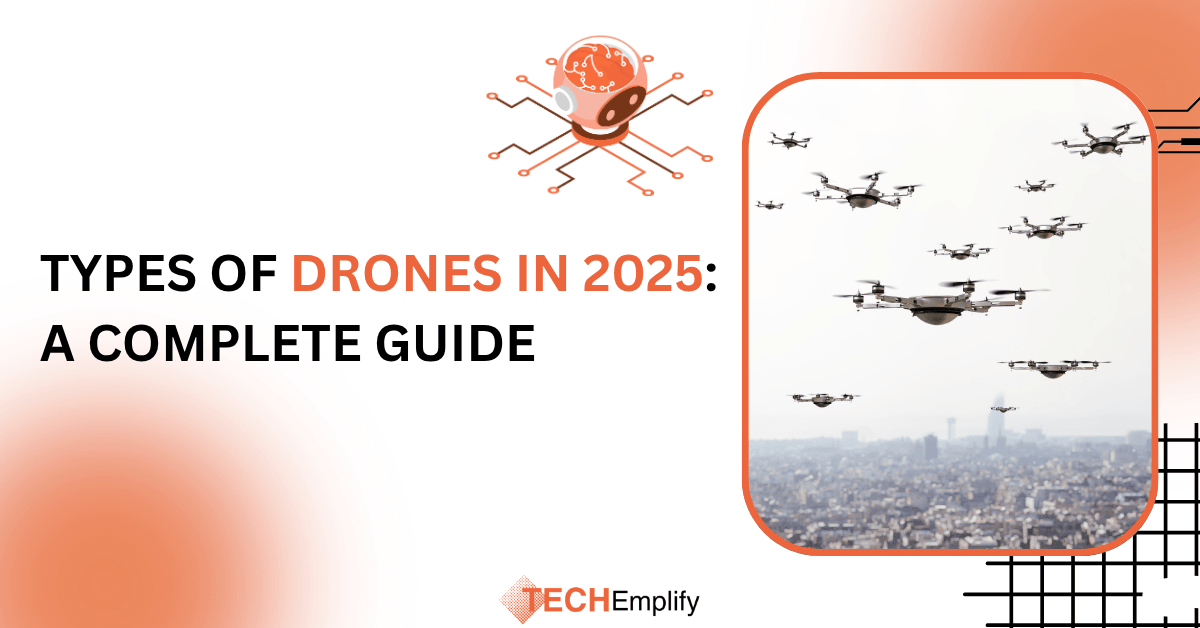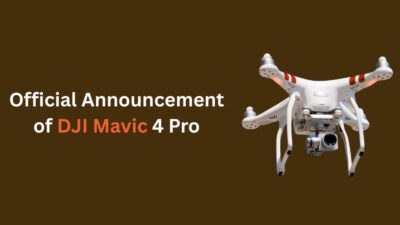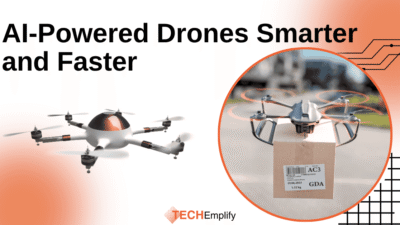Drones have become an important part of photography, filmmaking, videography and a number of other works due to modern technology. These days, they are faster, smarter, and more useful than ever before. People are using drones in photography, delivery, farming, security, and even underwater exploration.
With the advancement in AI technology, drones can now fly longer, fetch objects, and complete hard tasks without human help. Many are AI-powered drones that can analyze data in real time. This makes them important for businesses, governments, and photographers.
In this guide, we will discuss the main types of drones in 2025. We will also look at real examples like the DJI Mavic 4 Pro to understand how modern drones work.
1. Consumer Drones
Consumer drones are made for normal people. Which people are using for photography, videography, and personal fun. These drones are small, lightweight, and easy to fly.
In 2025, consumer drones come with 8K cameras, strong stabilization, and long flight times. The DJI Mavic 4 Pro is one of the most demanding drones ever. It can fly for more than 50 minutes, track subjects automatically, and capture cinematic footage even in strong winds.
Mostly Consumer Drones Use For:
- Travel photography and vlogging
- Real estate shoots
- Family events and weddings
- Social media content creation
AI has upgraded consumer drones. Now they can detect people, vehicles, and even animals. This makes flying safe and easy for the people who have less knowledge about them.
2. Commercial Drones
Commercial drones are built for work. They are used in industries like farming, construction, and inspection. These drones carry special tools like thermal cameras, LiDAR sensors, and crop spraying systems.
In farming, drones help farmers check crop health, measure soil moisture, and spray pesticides. In construction, they create 3D maps and monitor progress. This saves time and money both.
AI-powered drones in 2025 can complete these jobs without constant human control. For example, a commercial drone can scan a large farm, detect sick plants, and suggest treatment in minutes.
3. Drones For Security
Military drones are designed for defense and security. They are used for surveillance, reconnaissance, and in some cases, combat.
In 2025, military drones will have stealth designs, long-range communication, and AI assisted maps. They can operate in dangerous areas without risking soldier’s lives.
Some military drones are small for spying, while others are large and can carry heavy loads. AI helps them avoid detection and carry out precise missions.
4. Racing Drones
Racing drones are made for speed. They are famous in drone racing competitions all over the world.
These drones are lightweight, have powerful motors, and can reach speeds over 120 km/h. Pilots wear FPV (First Person View) goggles to control them like they are inside the drone.
In 2025, AI technology is even used in racing drones. It helps pilots train by showing flight data, improving reaction times, and reducing crashes.
5. Industrial Drones
Industrial drones are big and powerful. They are used in energy, mining, shipping, and large scale infrastructure projects.
For example:
- Inspecting power lines and wind turbines
- Surveying mining sites
- Monitoring oil rigs
These drones can carry heavy items and work in bad weather. Some can stay in the air for hours. AI allows them to spot problems, record high resolution data, and send instant reports to engineers.
6. Underwater Drones
Not all drones fly. Some work under the water. Underwater drones are used in marine research, ship inspections, and filmmaking.
In 2025, underwater drones have better battery life, stronger lights, and better cameras. Scientists use them to study deep sea creatures. Engineers use them to inspect pipelines and underwater cables.
Some underwater drones can also be controlled by AI, so they can scan the ocean floor and create 3D maps without human guidance.
7. Hybrid Drones
Hybrid drones can work in more than one environment. For example, some can fly in the air and also move underwater. Others can land and drive on the ground.
These drones are useful for search and rescue. Imagine a drone flying over a flooded area, landing on water, and sending live video to rescue teams.
In 2025, hybrid drones are more reliable thanks to strong AI systems. They can switch between modes automatically based on the environment.
The Role of AI in Modern Drones
The biggest change in drones in 2025 is artificial intelligence. AI makes drones smarter, faster, and safer.
AI-powered drones can:
- Fetch and avoid things.
- Follow moving subjects
- Analyze images and videos instantly
- Make flight plans on their own
For example, a farming drone can identify unhealthy crops, measure growth, and suggest the best fertilizer all, without a farmer touching the controls.
This shows how the advancement in AI technology is shaping the drone industry.
Popular Drones in 2025
While there are many drone brands, some models stand out in 2025:
- DJI Mavic 4 Pro: Best consumer drone for photography and videography.
- Skydio X10: AI-powered drone with advanced obstacle avoidance.
- Parrot Anafi USA:Lightweight drone for commercial use.
- Autel EVO Max 4T: Professional drone with thermal imaging.
- Chasing M2 Pro Max: High-end underwater drone.
Choosing the Right Drone
When buying a drone in 2025, think about:
- Purpose: Photography, work, racing, or research?
- Camera Quality: 4K, 6K, or 8K depending on needs.
- Flight Time: Longer is better for large projects.
- AI Features: Automatic tracking, mapping, or obstacle avoidance.
- Budget: Prices range from under $500 to over $10,000.
If you need the best balance of quality and features, the DJI Mavic 4 Pro is a top choice for most users.
Future of Drones
The future of drones looks exciting. In the next few years, we may see:
- More delivery drones for food and parcels.
- Drones with solar charging for longer flights.
- Fully autonomous drones that need no human pilot.
- More use of drones in emergency response and disaster relief
With ongoing advancement in AI technology, drones will keep becoming more efficient and useful.
Conclusion
Drones in 2025 are not just flying cameras. They are tools for work, research, safety, and entertainment. From AI-powered drones in agriculture to underwater explorers in the sea, their uses keep growing.
If you want a high quality drone, models like the DJI Mavic 4 Pro show how far drone technology has come. With AI getting better every year, drones will continue to play a bigger role in our lives.





